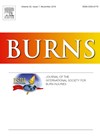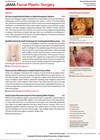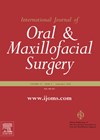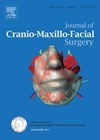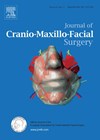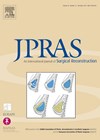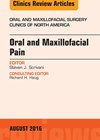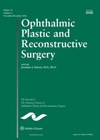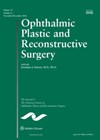
Journal Reviews archive for 2017
Selection of full thickness skin graft donor site influences extent of contraction
Full thickness skin grafts (FTSG) remain a standard reconstructive option in burns surgery, resulting in lesser secondary contracture and improved cosmesis compared to split skin grafts. Although the recipient site is known to influence contraction, the role of the donor...
Septal perforation repair and rhinoplasty
The authors present the findings of a retrospective study included 17 patients who underwent rhinoplasty with concurrent septal perforation repair. They analysed the aetiology of the deformity, presenting symptoms, perforation size, intraoperative surgical techniques and complications. They evaluated postoperative subjective...
Mirror image orbital implants in enopthalmus
This is a review from Chile of five patients who underwent surgery utilising customised implants. Two methods to make the titanium implants were used between the five patients. All patients had diplopia in the gaze position prior to implant placement....
Cryolipolysis for non-invasive body sculpting
The author provides a clear explanation on the definition and indications of cryolipolysis, reinforcing that it is not a weight loss treatment as it does not shrink fat cells. Some of the popular devices are listed, including CoolSculpting®, Cristal®, as...
The psychological impact of living with Russell-Silver syndrome
The authors present an insightful overview of the rare condition, Russell-Silver syndrome (RSS), with focus upon the psychological impact and required support for affected individuals. The challenge of ascertaining the prevalence of RSS is argued to be due to ill-defined...
Oral photoprotection
The author presents an insightful review of the benefits of systemic photoprotection through orally ingested nutrients, advocating a need for a greater level of protection against free-radicals. Vitamin C is discussed in relation to its role in immune function, collagen...
Is it possible to fix condylar neck fractures with one plate?
Fractures of the condylar neck are fairly common and account for over 25% of all mandible fractures. Over the years a number of modalities have been used to fix these fractures. Direct reduction is complicated by the overlying proximity of...
Reconstruction with scapular tip
Post ablative defects in the maxilla can be extremely complex, involve all three dimensions and result in significant morbidity. Rehabilitation is fraught with difficulties, and a number of options are available, including an obturator or surgical reconstruction with a free...
Old age and postoperative complications of head and neck free flaps
This review examined the relationship between free flap survival in older patients and whether this correlated with specific co-morbid conditions and a ‘cut off’ age.The authors did exclude some papers that specifically focused on one co-morbid condition, such as diabetes,...
Classification of maxillofacial pain
The patient that presents with oral and facial pain can prove a diagnostic conundrum. Whilst most often dental causes can explain the origin and help from our maxillofacial colleagues is warranted, it is useful to have a system for approaching...
Natural regression of brow heaviness in thyroid eye disease
This is a retrospective review of the change over time in the sub-brow fat volume in 104 patients with thyroid eye disease. Standardised photographs taken at diagnosis were compared with those taken after an average period of 10 years (+/-...
Revision of orbital fracture repairs
This is a retrospective review of 13 patients with sub-optimal outcomes following primary orbital fracture repairs who underwent revision surgery. All had fractures of the orbital floor, with four involving other orbital walls, and six also involving other facial bones....

